Content:
Sineglazka potatoes are a breeding product of domestic origin, bred by a hybrid method as a result of crossing between wild and cultivated potatoes. This potato variety received its "tender" name from the famous scientist - a specialist in the field of selective agronomy B.P. Nazarenko, who tested the new variety in the field conditions of the Smolensk region. This varietal potato is often called "Hannibal", and for some reason this name is associated with the famous great-grandfather of A.S. Pushkin - Hannibal. In fact, there is no connection with the name of the famous relative of the great poet and the name of the potato. It's just that in those distant times, potatoes were considered a curiosity, and not many experiments were carried out on the selection of vegetables. And although a distant relative of the poet was engaged in similar experiments, he never worked on this variety.
Characteristics and features of the variety
Sineglazka seed potatoes are rightfully called a favorite variety of gardeners and summer residents, with a unique combination of unique taste qualities of tubers and simple plant care. Potato ripening occurs at the end of summer, which gives every right to call this type of potato a mid-season variety. The collection of ripe tubers begins three months after planting and can reach up to 450 kg of potatoes from one hundred square meters of the garden. Tubers harvested at the end of August have the best taste.
Variety characteristics FROMeyeballand:
- Potato tubers have a regular oval, slightly flattened shape with a weight of up to 200 g;
- The peel of the potato is pinkish-gray, bluish;
- The eyes are dark blue. For this color feature, the blue-eyed potato got its name - Sineglazka;
- The pulp of the tubers is white;
- The average starch content reaches 17%;
- Excellent taste and quality are due to the high content of protein, B vitamins and a set of useful mineral salts.
Gardeners, planting Sineglazka on their plots, authoritatively declare that this variety is ideal for preparing a tasty and healthy product - mashed potatoes, which adults and children like so much.
Pre-planting processing
Before planting, Sineglazka seed potatoes are recommended to be treated with special disinfectants to prevent possible disease with late blight, scab and gray rot. Many gardeners who grow this varietal material use a weak aqueous solution of manganese for these purposes. In addition, this treatment protects the tubers from various pests. For better germination, potato planting material is left to germinate in the light. Only after completing such pre-planting preparation can we expect a good quality of the future harvest.
Planting potatoes
Depending on the climatic characteristics of the region, planting of planting material begins in the period from late April to early May, when the threat of spring frosts, which can damage delicate potato sprouts, has passed. An early harvest can be obtained by planting potatoes in the ground under a protective film.
Recommended soil
To get a high yield of tubers, Sineglazka is best planted on the following types of soil:
- Sandy soils;
- Sandy loam soils;
- Light loam with neutral acidity.
A good help for the future harvest will be the introduction of organic fertilizers or rotted manure in the autumn period at the rate of 30-35 kg per 1m². If there is no possibility of using organic matter, in this case, it is allowed to use mineral fertilizers in the form of potassium sulfate and phosphorus, which are applied to the soil as a part of ½ tablespoon per 1 m². By the time of planting in the spring, fertilizers will completely dissolve and will have a beneficial effect on plants.
Care and harvesting
In order to get a good harvest, the following agrotechnical techniques must be followed:
- The recommended distance between the beds is 0.6 to 0.7 m;
- Good illumination of the beds;
- Planting depth of tubers - 10-12 cm;
- Good drainage of potato beds;
- It is advisable to land on the "ridges";
- Adding a handful of ash or humus to the hole;
- Timely hilling of bushes in order to better air exchange of plant roots;
- Timely watering;
- Weeding as needed and removing weeds.
The recommended methods are usually standard conditions for planting any potato variety.
Cleaning and storage
At the end of July, potatoes begin to ripen; in September, ripe tubers are completely dug out of the ground. If the harvested crop is planned to be laid in full for storage, then in this case it is best to dig up the potatoes no later than the end of August.
The conditions for harvesting potatoes of the Sineglazka variety practically do not differ from the standard rules:
- Cleaning is done in dry weather, it is advisable to choose sunny days for this;
- It is not recommended to leave ripe balls of potatoes in wet and damp soil to exclude rotting and damage to the crop;
- After digging, the potatoes are left to dry and air out under a canopy or in another place for two to three hours;
- The harvested crop is sorted by size with the subsequent removal of spoiled and bad tubers.
Storage of potatoes is best organized in basements, well-ventilated rooms with a constant temperature regime of +3 to +5 degrees. If there is no such storage possibility, and the crop is planned to be stored in a city apartment on a balcony or loggia, then the owners will have to work hard and create the required optimal storage conditions.
Advantages and disadvantages of the variety
The Sineglazka potato variety is very popular among amateur gardeners
Its main advantages include:
- Excellent taste of potatoes;
- The original appearance of tubers with blue eyes;
- Thin rind and white flesh.
Disadvantages of the variety:
- Difficulty buying varietal potatoes;
- Poor storage of large volumes of harvested tubers;
- Possibility of degeneration of varietal potatoes.
Varietal potatoes "Sineglazka" is an old, well-known variety with excellent taste characteristics. In favorable seasons, this variety has a high yield with large and even tubers.In the worst weather conditions, potato yields will be low, with small tubers.






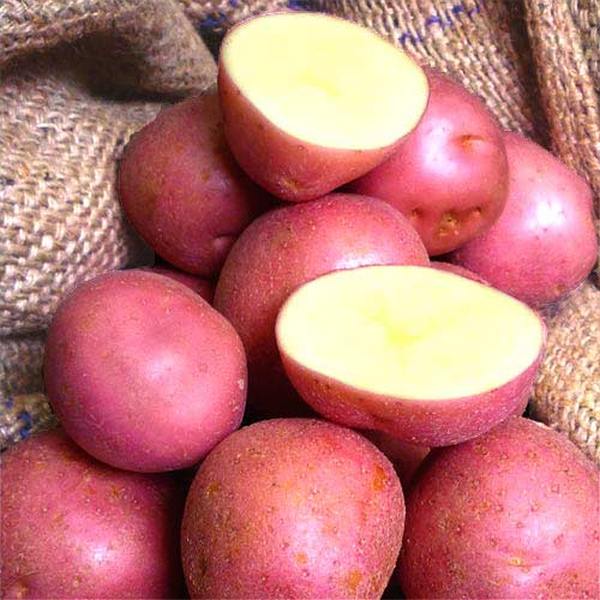
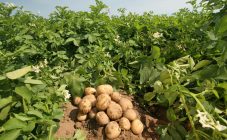
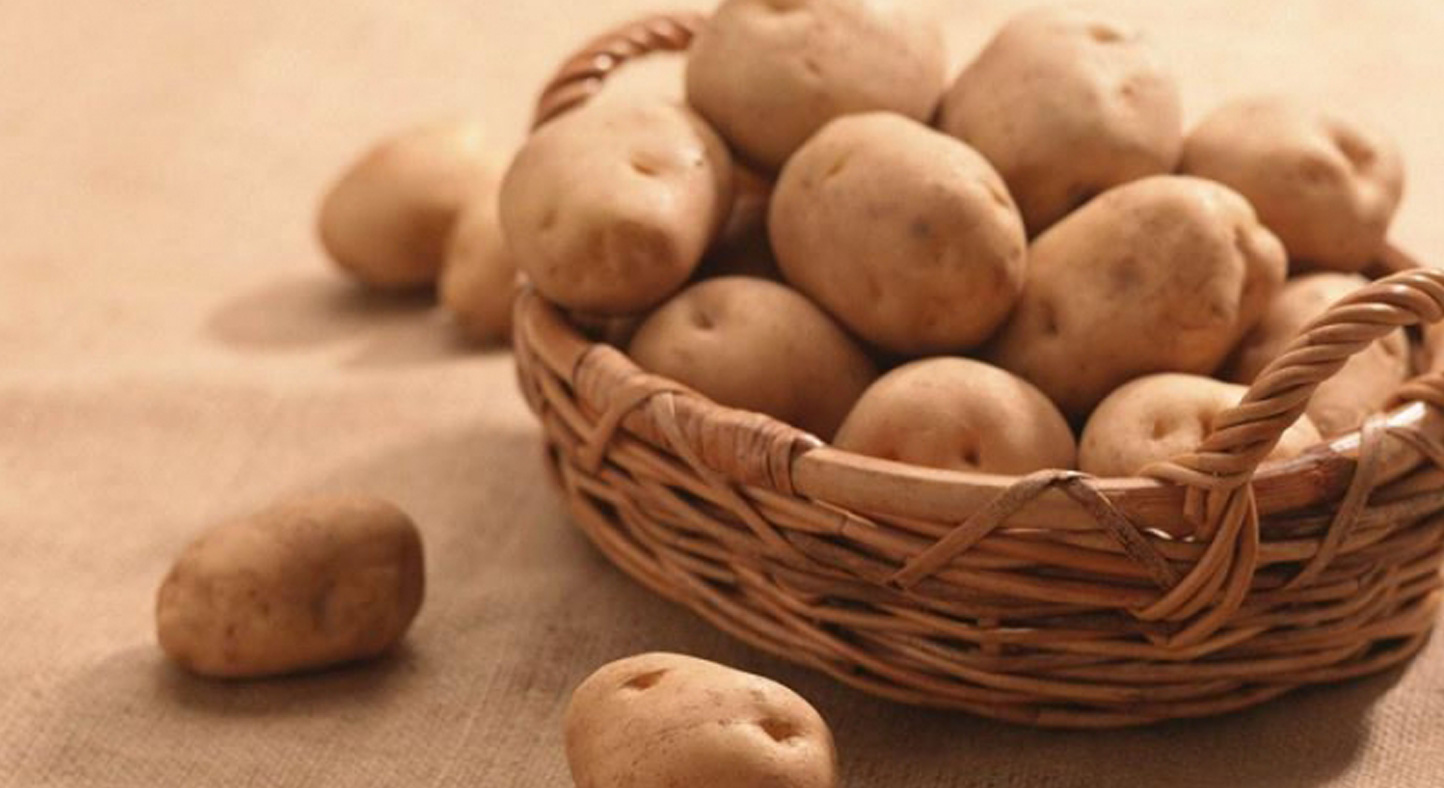
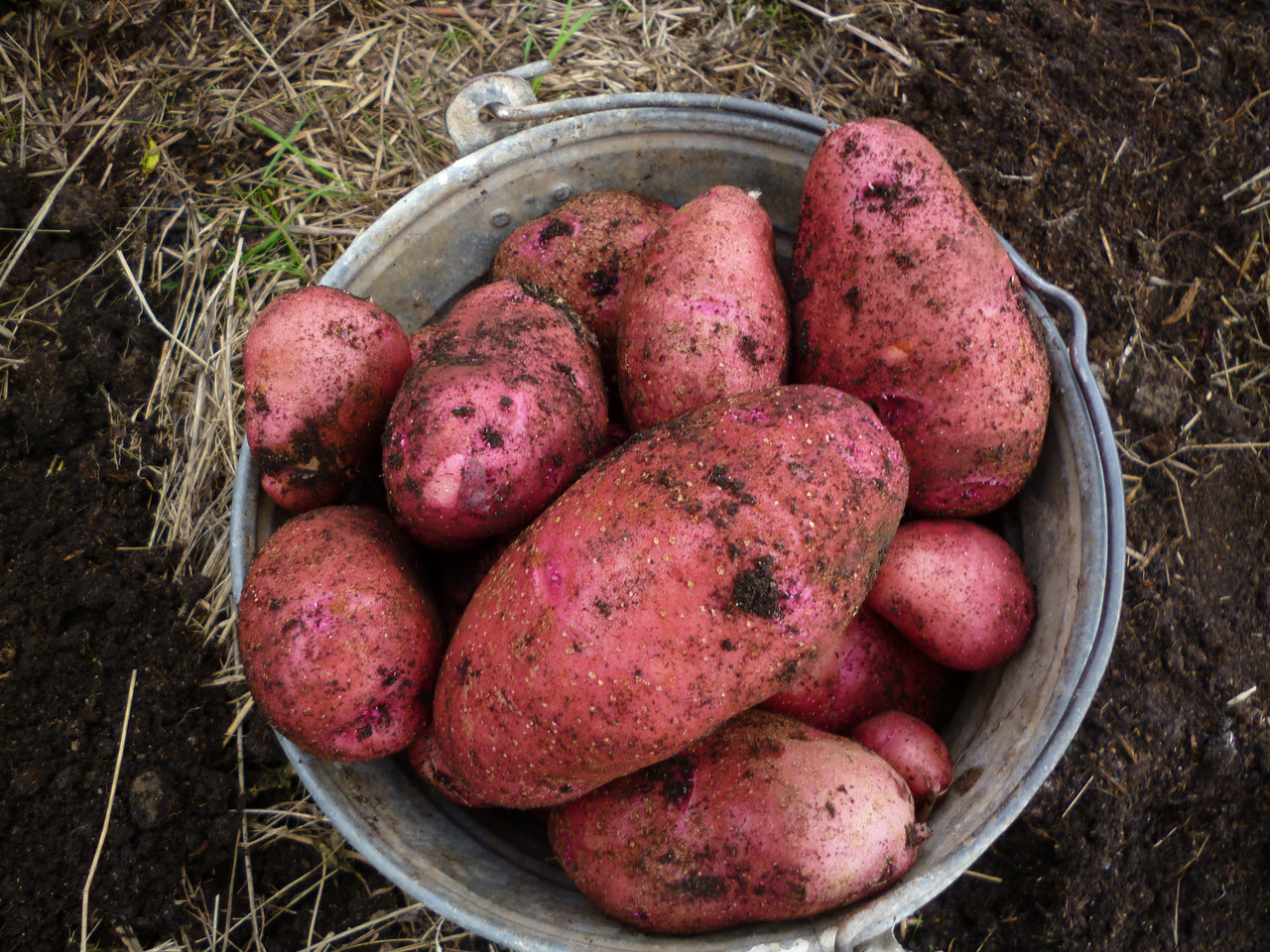

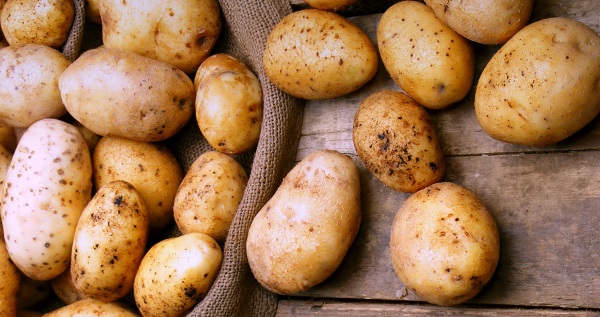







My favorite! Brought the amount of planting material in relation to the rest of the varieties to 65%. I grow not because of the yield (white varieties like Nevskaya or Udachi will be more stable “from year to year” and will be more productive), but because of the excellent taste that cannot be compared with any other variety! If other varieties are used by me as a side dish, then Sineglazka itself can be the main dish without meat and other things, just season it with butter! In principle, I would not grow potatoes, but from year to year what is sold in stores is getting worse and worse in taste, sometimes it just starts to feel sick from the stench of simple boiled purchased potatoes… More details »